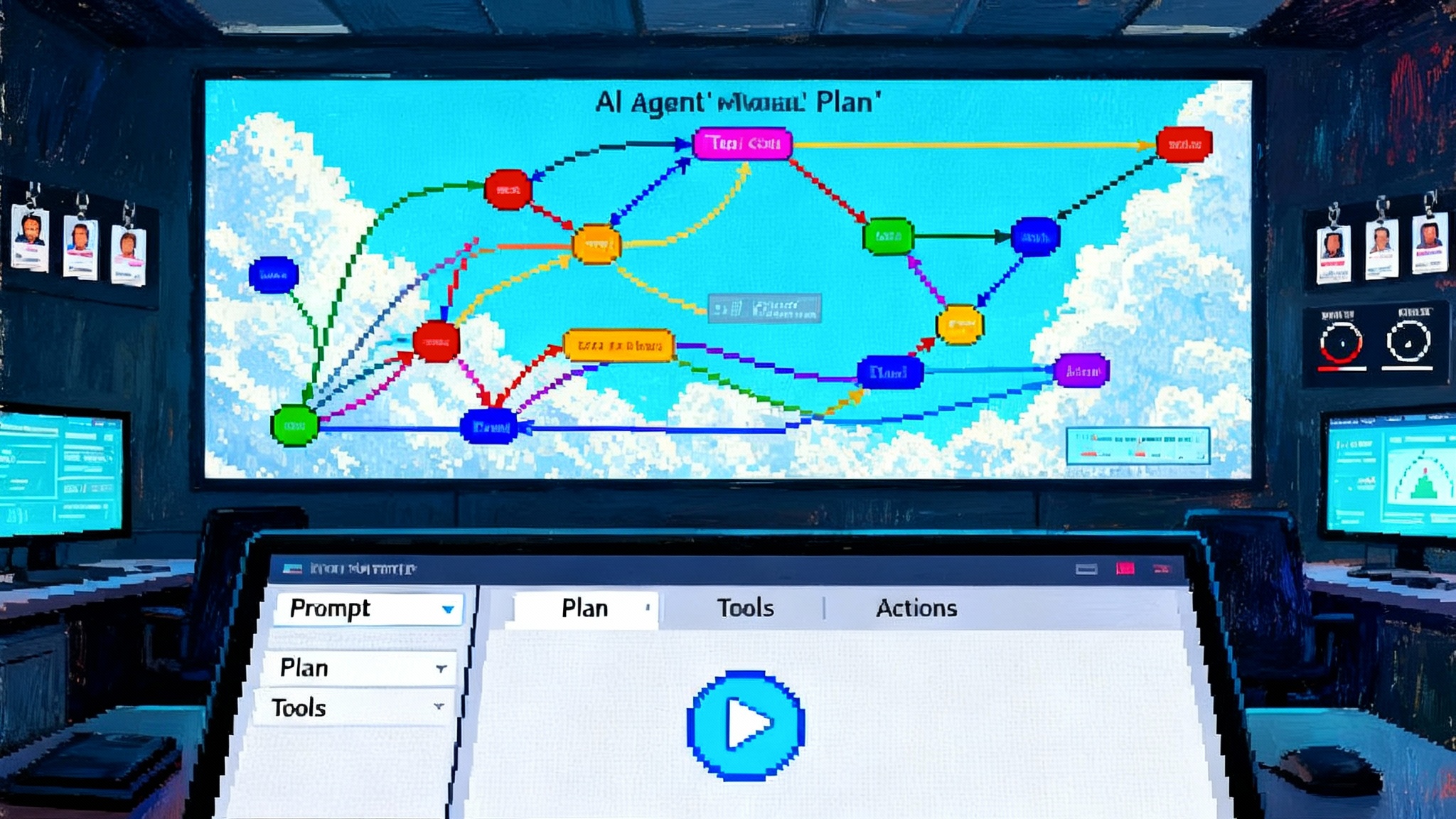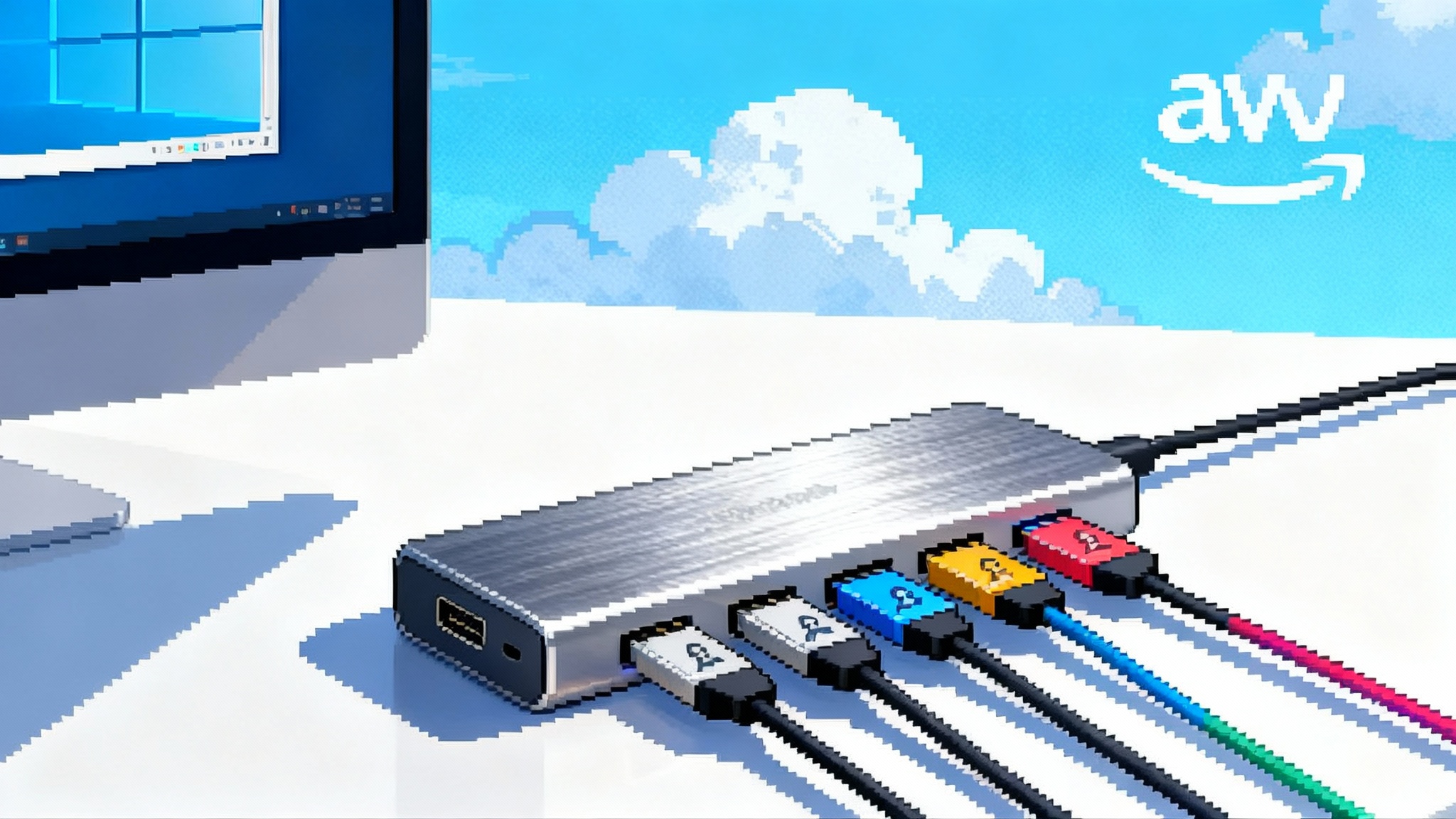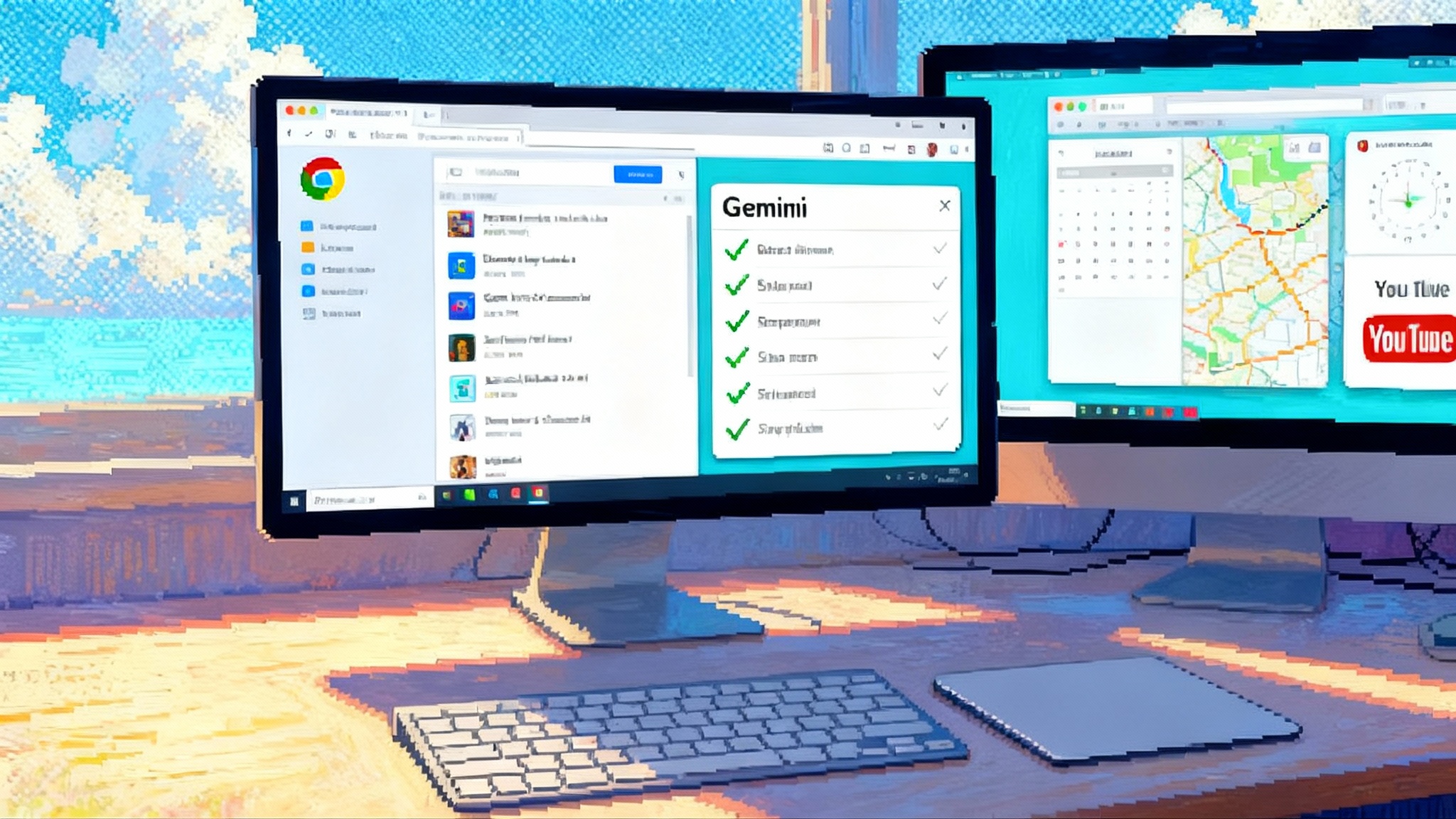Salesforce Puts a Price on Digital Labor at $0.10 with Agentforce 3
Salesforce just put a sticker price on digital labor. At 10 cents per action, Agentforce 3 pairs unit economics with a reliability stack and a Google partnership that makes agents ready for procurement.

The day digital labor got a sticker price
On May 15, 2025, Salesforce did something deceptively simple that could echo through budgets for years. It set a default price for agent work. The company introduced Flex Credits for Agentforce and pegged typical actions at roughly ten cents each. That move put a concrete unit cost on digital labor. You can now point to a contract and say what a system does, how often it acts, and what the bill will be. It is not just a new SKU. It is a shift from mystery bills to measurable work. Salesforce’s own announcement set the floor for the conversation, with Flex Credits pricing at ten cents per action as the headline figure.
Salesforce’s framing matters because it speaks the language of finance and operations. Actions are the atomic unit. They can be writes to a CRM record, a call to a model, a retrieval or tool use, or a task a human would recognize as a step in a workflow. By grouping that complexity into an action with a price, Salesforce handed CIOs and CFOs a clean reference point.
Why ten cents matters
Unit economics is how new markets professionalize. Ad impressions are priced per thousand. Cloud storage is priced per gigabyte. Now agent work has a baseline per action that teams can compare to human steps, RPA transactions, and API calls. It also dovetails with how leaders are planning for cloud-scale enterprise agents.
Here is why that matters inside a real budget:
- You can estimate cost per case or per resolution by modeling the sequence of actions per workflow. If a return case takes 18 actions end to end, the digital labor side is about 1.80 dollars before platform fees and human oversight.
- You can benchmark against outsourced support. If a human agent resolves a ticket for 5 to 10 dollars all-in for a high volume use case, the digital path has a target to beat or complement.
- You can structure incentives. Teams can track actions per outcome and optimize for both speed and quality. If actions inflate without better results, you have a signal.
A clear price moves the discipline from toy pilots to procurement math. To get there, pricing has to be paired with reliability.
Reliability makes the price believable
On June 23, 2025, Salesforce unveiled Agentforce 3 with a reliability stack aimed at production reality. The stack includes three pillars that matter to any risk owner:
- Web grounding with citations, so every answer points back to a source of truth. That encourages traceability, reduces hallucinations, and makes audit reviews faster.
- Automatic multi model failover, so an agent switches to an alternate model or endpoint when latency spikes or quality drops.
- FedRAMP High alignment for regulated buyers, which clears a procurement barrier in government and adjacent sectors.
None of this is glamorous. All of it is vital. A production agent has to retry, cite, escalate, and log every step for forensics. Security teams will also push for hardened agentic security practices that keep pace with fast-moving tools and threats, as outlined in our look at agentic security practices.
Google in the loop changes the surface area
Back on February 24, 2025, Salesforce and Google expanded their partnership. The practical result is that Gemini’s multimodality can be wired into Agentforce and customers have the option to deploy on GCP. That matters more than a logo slide. It means buyers can align agent workloads with their preferred cloud for data gravity and governance. It also means broader model choice. If Salesforce runs smart routing across providers, enterprises get resilience and leverage at the negotiating table.
For front line teams, multimodality is the quiet unlock. Many service and sales workflows mix text, screenshots, PDFs, and short clips. If an agent can interpret a photo of a serial number, summarize a five page warranty PDF, and fill a case with structured fields in one flow, you reduce hops and errors. Every hop avoided cuts latency and often cuts cost.
Proof points and pressure
Salesforce’s September 3, 2025 earnings call attributed part of its revenue beat to Agentforce demand. The headline was that customers are buying agents, not just testing them. In September, Marc Benioff said AI had replaced 4,000 support jobs at Salesforce. Reporting suggests a large part of that shift is internal redeployment rather than pure job loss. Both can be true.
The takeaway is not a victory lap or a panic. It is that labor math has arrived. Enterprises are now comparing work that used to be done only by humans to work done by agents with oversight. That math pulls in cost, uptime, accuracy, and customer satisfaction.
The new procurement checklist for agents
If agents are a line item, the checklist looks a lot like any critical service and a little like a labor contract.
- Clear unit: cost per action and what counts as an action
- Uptime rules: service credits that bite, not just apologies
- Escalation path: what happens on failed steps and ambiguous inputs
- Quality targets: hallucination and grounding metrics, and how they are measured
- Auditability: immutable logs with user consent records
- Residency and choice: data controls and model choice by geography
- Change control: model update policy and rollback if quality drops
- Human in the loop: triggers for high risk changes or high value customers
- Prebuilt patterns: returns, entitlements, and collections
Procurement teams will also ask how a vendor prices retries, tool failures, and fraud attempts. Ten cents for a clean action is easy. Ten cents for a loop that fails is not.
How to budget an agent program for 2026
Here is a simple way to estimate the cost of an agent rollout using the Salesforce model as a reference. Start conservative. Then tune.
- Choose one archetype workflow per function. For service, pick order returns or warranty claims. For sales, pick lead qualification or renewal outreach. For marketing, pick content localization or event follow up.
- Map the steps today. Count the real steps, not the imagined ones. Include back and forth, copy paste, and waits. Find out how many different systems a person touches.
- Translate steps to agent actions. A single agent action might call a model, retrieve from a knowledge base, and update a CRM record. Label actions that touch production systems and those that are read only.
- Set quality gates and human touch points. Decide when to ask for review. Decide when to auto approve. Decide what you will not let an agent do yet.
- Estimate actions per outcome. Multiply by ten cents. Add 20 to 30 percent overhead for retries and edge cases. Add platform fees and observability.
- Run a one month pilot with real volume. Track actions per outcome, not just cost per action. Measure customer satisfaction, handle time, and redo rate.
- Scale if the total cost per outcome beats your human only baseline or produces a clear quality lift. If the agent requires a human to rework 30 percent of outputs, recalibrate or stop.
In practice, mature programs will land on a mix. Let the agent handle 70 percent of cases end to end with human audit after the fact. Route 20 percent to a human after the agent pre fills the work. Send 10 percent direct to humans.
What rivals have to solve now
A price floor and a reliability story change the competitive map. If you sell agents to the enterprise, your response must show at least three equal or better claims.
- Cost clarity: your unit must be legible in a spreadsheet. If you stick with opaque throughput pricing, you will lose RFPs.
- Compliance and audit strength: you need controls that map to the buyer’s framework, and a proof path that a regulator will accept.
- Uptime and resiliency: you need multi model or multi region failover that is objective. If a provider hiccups, your agent should not.
Expect established platforms to highlight tight integration and governance. Expect infrastructure players to push orchestration and reliability, including NIM agent blueprints that harden patterns across tools.
The risks that could trip this up
- Action inflation: if platforms count every micro step as a billable action, costs will swell without adding value. Buyers should push for fair bundling.
- Quality drift: model providers change distribution and training data over time. Without versioning and rollback, yesterday’s green path becomes today’s red.
- Tool fragility: an agent is only as strong as the tools it orchestrates. If a billing API times out unpredictably, the agent will bounce and retry until your bill screams.
- Compliance drift: teams may build clever flows that quietly break rules. A monthly audit of prompts, tools, and outputs should be non negotiable.
- Vendor lock in: if actions are priced attractively but ports for data and logs are tight, switching costs will climb. Push for export by default.
The line item that changes the org chart
Once agent work is priced, you can design around it. Leaders will ask different questions.
- Which tasks are too expensive for a person to do repeatedly when an agent can do them for a dollar a case with a quality bar?
- Which cases are too sensitive to let an agent near, even with strong grounding and audit?
- Where do humans add the most value as editors, coaches, and exception handlers?
Expect new roles to appear. Agent reliability engineers will tune grounding, retries, and failover. Prompt and tool designers will standardize flows per product line. Workforce planners will blend agent capacity with human schedules. The call center will look more like a network operations center with a quality desk in the middle.
What to do Monday morning
- Build a short list of workflows that can be evaluated with action counts. Use real logs, not anecdotes.
- Ask vendors to express pricing in cost per outcome terms with assumptions exposed. Do not accept vague tokens or minutes without a translation.
- Pilot a single production grade flow with grounding, failover, and audit turned on. Do not run a toy demo.
- Set a red team to break the agent with weird inputs and privacy traps. Bake findings into prompts and policies.
- Read up on cloud-scale enterprise agents and map what that means for your stack.
- Write a one page policy that defines when a human must be in the loop. Post it where everyone can see it.
The bottom line
Salesforce did not just add a price tag to some AI features. It pushed the industry to define what an action is, how much it costs, and what reliability looks like. By pairing a simple per action price with a reliability stack that feels built for audits, it turned agents into something you can buy, govern, and scale. The Google tie in broadens the model base and deployment options, which adds leverage for buyers and reduces risk for the platform. The market will now compete on reliability and quality per dollar, not just novelty.








